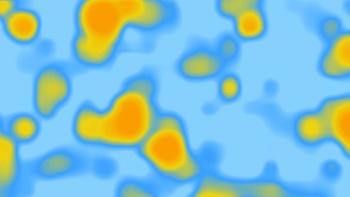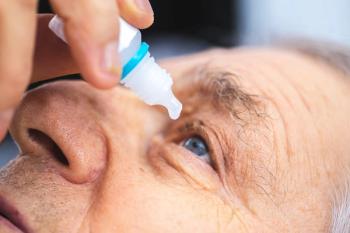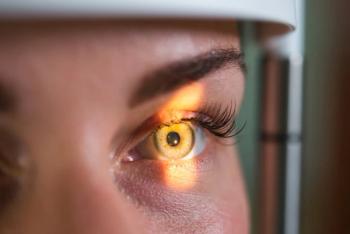
What happened in optometry this week: September 9 - September 13
Catch up on what happened in optometry during the week of September 9-September 13.
Catch up with what Optometry Times shared this week:
FDA confirms acceptability of remaining Phase 3 pivotal clinical trials for Palatin's PL9643 in DED
By David Hutton, Managing Editor, Ophthalmology Times
Palatin Technologies Inc announced receipt of FDA correspondence confirming the acceptability of the protocols and endpoints for signs and symptoms of PL9643 Phase 3 pivotal clinical trials for
According to the company, the remaining Phase 3 clinical trial program consists of two Phase 3 studies, MELODY-2 and MELODY-3, and include sign and symptom endpoints in each study.1
Contemporary care in GA: Practice patterns are evolving
By James L. Fanelli, OD, FAAO
With newly available treatment options for slowing the progression of geographic atrophy (GA), an advanced form of age-related macular degeneration (AMD), optometrists have an essential role to play in ensuring appropriate patients receive timely care. Although optimal patient selection and therapeutic best practices continue to evolve, what is certain is that early identification is the key to preserving visual function. With timely treatment, we can help patients see for as long as possible.
The Vision Council study finds overall decrease in practice performance
By Jordana Joy, Associate Editor
A recent Provider inSights report released by The Vision Council has found that eye care providers are recording substantial decreases in 2024 across all areas of their practice’s performance, including revenue, staff retention, and patient acquisition and retention. Additionally, when hiring new staff this year, only 17% of providers reported above-average performance, according to a news release. The study was conducted in July 2024.1
Autism and poor eye tracking: Theories and recommendations for optometrists
By Maureen Oyaide-Ofenor, OD, MSc, PVT; Jessica Byers, BSc; and Hannah Salles
In humans, strong eye contact is vital for social interactions and communication with others.1 Findings from studies indicate that taking in information from others’ eye regions is critical for facial processing, such as identification of others’ identity, expression, and intention.1 Not making eye contact during social interactions is a common diagnostic criterion for autism spectrum disorder (ASD).2 This may result in individuals with ASD struggling to extract information from individuals during face-to-face interactions.1-4 It is possible that low social skills seen in children with ASD may be caused by the lack of visual cues when they avoid eye contact.3 However, it remains unknown whether the lack of reciprocal gaze is due to social reasons or an alteration in the visual and processing neural pathways in those with ASD.2 Multiple conflicting hypotheses exist for the mechanisms responsible for reduced eye contact in individuals with ASD.5 In this paper, we examine some of the popular neurophysiological theories for why individuals with ASD make less eye contact.
NovaSight's CureSight device proves effective in amblyopia treatment, study finds
By Jordana Joy, Associate Editor
In a recent clinical study from NovaSight, the company’s CureSight treatment showed significantly greater improvements in visual acuity (VA) than traditional occlusion therapy, or patching.1 The study, “High-adherence dichoptic treatment versus patching in anisometropic and small angle strabismus amblyopia: a randomized controlled trial,” was published in the American Journal of Ophthalmology and evaluated the binocular eye-tracking device’s effectiveness in treating amblyopia, according to a news release.
Newsletter
Want more insights like this? Subscribe to Optometry Times and get clinical pearls and practice tips delivered straight to your inbox.








































